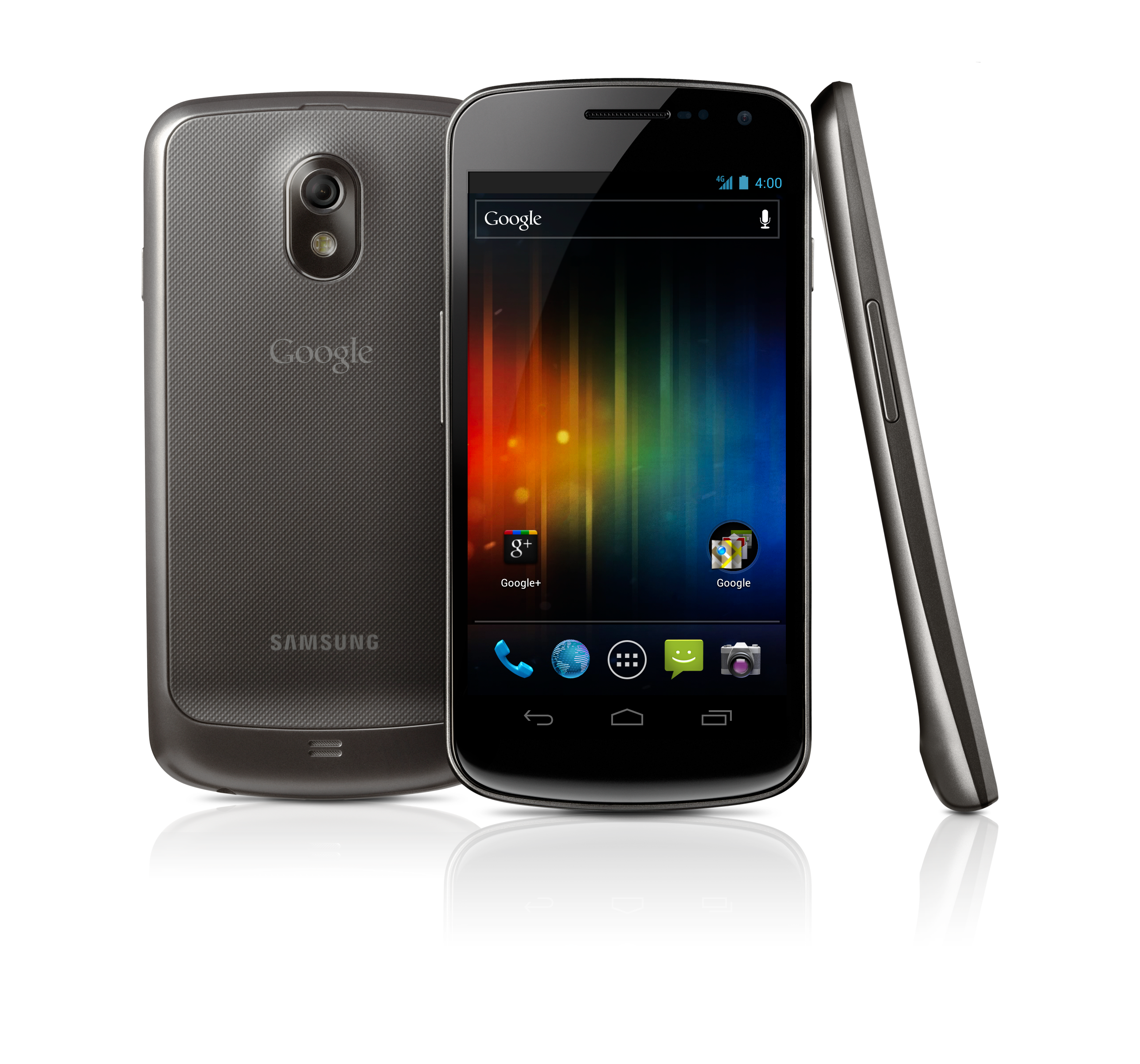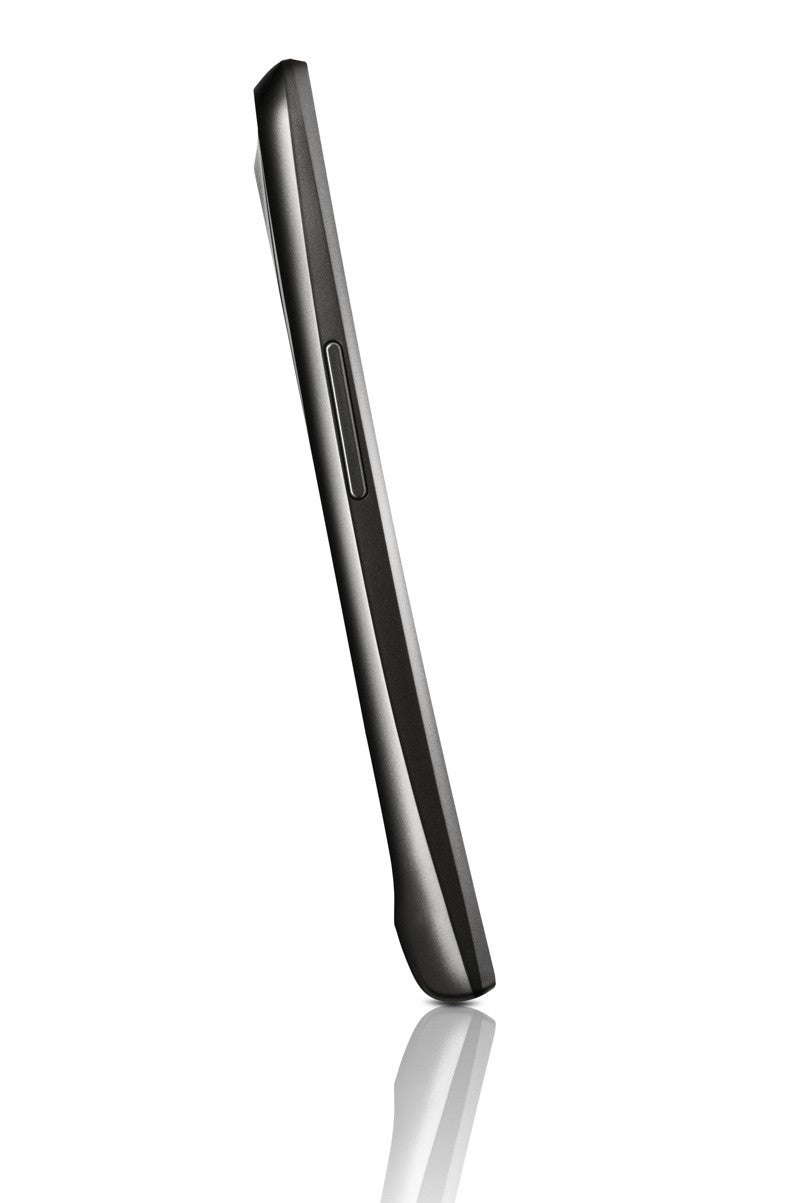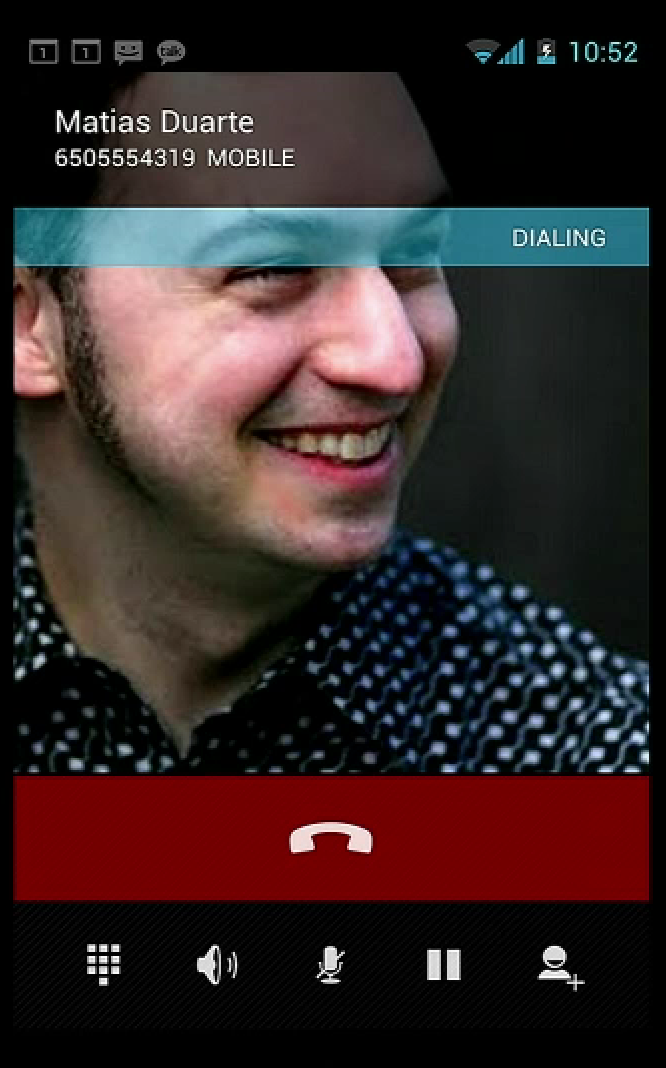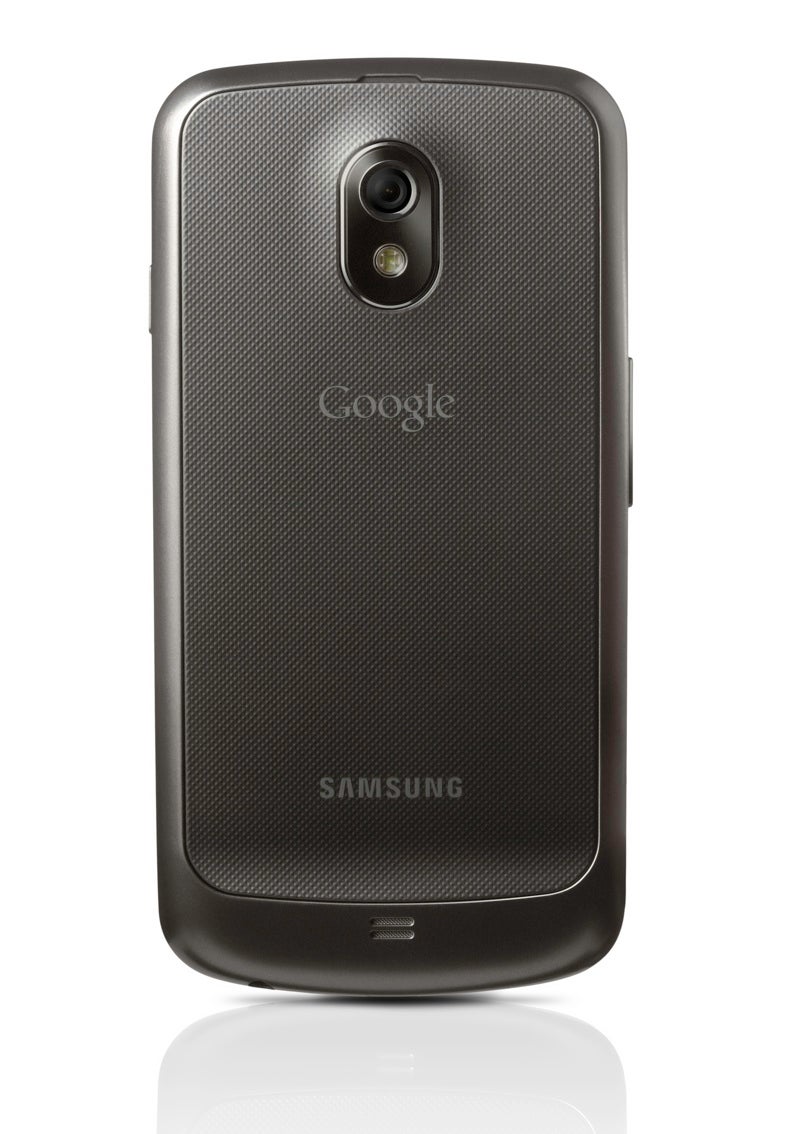Google's successes and disappointments with the Nexus/Ice Cream Sandwich announcement

Google was obviously watching closely with the Apple iPhone announcement and tried to one-up the competition with its own announcement of the Samsung Galaxy Nexus and Ice Cream Sandwich. It's a little premature to go into too much depth about the Galaxy Nexus or Ice Cream Sandwich, but we feel confident in commenting on the announcement itself: what Google did well and how it could have been better. The Apple announcement disappointed some people because they were looking for a redesign, a bigger screen and LTE. So, Samsung and Google went straight for these two factors, really pushing the design, the screen and the LTE and HSPA+ which will be available in various regions.
Unfortunately for Google, there wasn't enough attention paid to how to design an announcement. There were a few awkward moments throughout the announcement that we almost can't fault Google for, because the awkward moments have almost become a hallmark of Google announcements. When the Galaxy Nexus was first revealed, Andy Rubin and Shin Jong-Kyun held up the device and stood there just a little bit too long. And, of course, there were a couple amusing problems as there always seem to be with Google, like Matias Duarte not being able to get the Face Unlock to work properly. Though, the worst part about the design of the announcement was the video screen. When the camera was pulled back, it worked perfectly well, but when the camera was on a closeup of anyone on stage, the screen behind them was too bright, and very obnoxious. It's a small gripe, but one that persisted throughout the hour-long presentation, and so became a bigger annoyance.
The Announcements


What's interesting is that the only mention of the merging of phones and tablets was at the end when mentioning that the SDK is available right now. It seemed very strange that not only was there no real mention of how Ice Cream Sandwich is going to merge Android devices, but that there was no demo at all of Ice Cream Sandwich running on a tablet. We expected at least a short demo of a Samsung Galaxy Tab running Android 4.0. We can understand that Google may have wanted the Galaxy Nexus to be the star, but it seemed like a missed opportunity to show how ICS will look on tablets, especially given that what seemed to be a tablet was shown in the original teaser for this event.
Ice Cream Sandwich

Many will say that Ice Cream Sandwich "steals" from webOS or WP7 in many of its design choices, but we've covered that argument in the past. Besides, Google didn't steal from webOS, Google just stole the brain behind webOS. Matias Duarte was the lead designer on webOS, and Google hired him to remake Android. Matias' fingerprints can be found all over ICS, which essentially means that everything is much more visual. It seems everywhere possible there are pictures instead of just text, with big picture cards for various tools like the multitasking menu, or the browser tab menu, plus subtle animations, and consistent gestures. Overall, it looks quite good and is definitely a huge step up from the relatively bare-bones UI design of previous Android phones.

The trouble with the announcement was that this was a pure Google demo, there were no other developers present to show off any of the new options or APIs that ICS will be offering. The features of the People app look amazing, if not a little reminiscent of Windows Phone; the possibilities of NFC Beam are incredibly interesting, if more phones get NFC; and the Action Bar looks good, but there were no demos from 3rd party developers for any of the possibilities.
Google mentioned the various hooks that have been built in to the new features, but didn't really get to show them off that much, so we don't really know all of the new hooks available, and we don't know fully how developers can use them. Google showed off the aggregation of social activity in the People app, but never actually launched into any 3rd party apps, or explained what kind of data could be pushed to that service. Beam was shown to share a web page, a map, and share apps by sending links to the Market. It was mentioned that Beam could be used to do many things like start multiplayer games, but we never got to actually see any of that in action. Similarly, the Action Bar was shown as part of the Gmail app, and obviously we've seen that before as it is part of Honeycomb as well, but it seemed like there were many opportunities to show developer partners that weren't taken.
One of the best parts of the Honeycomb announcement was the show of developers and apps that were planned. Certainly, developer support hasn't been as strong for Honeycomb tablets as anyone hoped, but ICS was supposed to be the solution to that. This is the release that will make it easier for developers to write the app once and have it run on phones and tablets alike. But again, we didn't see any of that, and it would have been great for Google to show off more developer relationships.
Lack of specificity

Not only was there no mention of the size of the battery, but there were no ratings given for how long we can expect the battery to last. The only mention was in a vague comment about the AMOLED screen using less power, which makes the battery last longer. Of course, that doesn't in any way tell us how long the battery will last. Battery life has always been an issue with Android phones, and not mentioning at all how long we can expect the battery to last in the Galaxy Nexus is a little bit disconcerting. Because, regardless of how an AMOLED screen uses less power, it is still a 4.65" screen, which will drain the battery just in the size alone. And, aside from that LTE tends to be a pretty big drain on the battery as well.
The worst problem with a lack of specificity came in the release window for the device. The only thing said was that the device will launch in November with major carriers in regions around the world. The only carrier specifically mentioned was NTT DoCoMo in Japan. It was mentioned that there will be both LTE and HSPA+ variants depending on the region, but Google gave no specific release date, and certainly didn't clear up any of the issues we have been speculating about in the US. We still have no idea if it will be exclusive to Verizon, or a timed exclusive. We only know the vague notion that it is coming next month.
Conclusion
Overall, the announcement itself was good. The Galaxy Nexus looks like a great piece of hardware, and Ice Cream Sandwich looks like a big step forward for Android, especially in the UI by Matias Duarte. The trouble is that even though we just had a bit over an hour of an announcement, we still don't have a full picture of what to expect. We're excited to get our hands on a Galaxy Nexus, and see what kinds of new tricks are available in ICS. But, it's a bit disappointing that even after the announcement, we don't know exactly what is available to developers in ICS, or how they plan to use those new APIs. We don't know how long we can expect the battery to last. And, worst of all, we still don't know when and where to expect the Galaxy Nexus to be released.
We can give Google a pass on some awkward moments, and hiccups throughout the announcement, because those things happen. It would have been nice to see Face Unlock actually work, or the quick reply options when refusing an incoming call, but we'll see those things eventually, and get a better sense of how they work. The products themselves look great. But, there are certain pieces of information that absolutely need to be part of any announcement, and right at the top of that list is to give a specific release date, especially when the product is due out in less than a month.
Follow us on Google News














Things that are NOT allowed:
To help keep our community safe and free from spam, we apply temporary limits to newly created accounts: